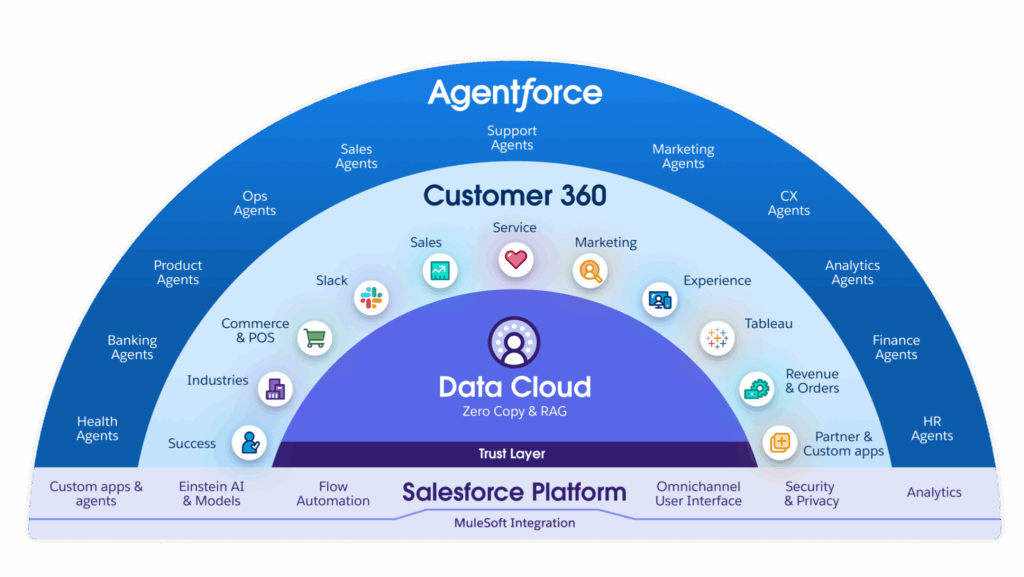Attacks and Malware Target Gaming, OS, and Adult Content
Cybercrime is fast-paced. Attackers utilize creativity, automation, and deception in new corners of the internet. Their strategies are stranger, their operations are scaling, and their confidence appears undaunted. The past week depicts a pack of attacks that feel surreal even for 2025. Security researchers warn that the energy inside cybercrime communities now mirrors the early NFT rush: chaotic, opportunistic, and hungry.
This TF roundup captures a subset of incidents that define the current threat environment. Each one exposes blind spots within systems that billions depend on. Each incident provides a glimpse at how cybercriminals adapt faster than the companies guarding their platforms. Every story forces new questions about the next digital confrontation.
What’s Happening & Why This Matters
Malware Campaign Uses Porn Windows-Update Screen
Attackers run a malicious campaign that merges adult content with a fake Windows Update interface to infect victims. Security analysts describe it as “shockingly creative.” The scheme triggers a full-screen overlay that imitates a system update. Users are trapped in a fake environment while the malware installs.

Researchers note an unsettling shift: attackers push psychological pressure through designs that exploit muscle memory. People trust the update screen. They relax. They lower focus. The moment of distraction creates the breach. One cybersecurity researcher says, “Threat groups now study human behavior as closely as they study Windows APIs.”
Files dropped through the attack route victims into new payloads that track keystrokes and scrape saved credentials. Analysts trace distribution through compromised adult sites and Telegram channels. The combination increases reach and pushes victims into infection paths faster.
Salesforce Investigates Claims of a Large Multi-Platform Breach
A hacking group claims a multi-million-record breach linked to systems operated by Salesforce. The group posts data samples on dark-web forums and boasts automated access across portals, subdomains, and unsecured Salesforce integrations. Salesforce teams open an investigation and coordinate with impacted companies.

The attack calls out a persistent enterprise blind spot: third-party integrations. Many organizations connect Salesforce with internal CRMs, HR systems, and analytics dashboards. These connections often lack uniform security controls. Attackers target these weak seams. One enterprise security leader explains, “Companies patch their core Salesforce orgs. Integrations get ignored. Attackers understand that pattern.”
If validated, the breach forces a larger industry conversation about security fragmentation in cloud ecosystems. Companies embrace interconnected SaaS tools. They rarely invest equal resources in securing authentication flows that bind them together.
Battlefield 6 Cheat Malware Infects Gamers

Gamers searching for Battlefield 6 cheats download malware disguised as aim-assists, wall-hacks, and performance mods. The malware spreads across Discord servers and cheat marketplaces. It exploits the urgency inside gaming communities where players rush for advantages.
The payload executes credential theft, crypto wallet drains, and browser-session hijacking. One analyst describes the trend as “malware injection through ego.” Players push for shortcuts. Attackers use that pressure. This incident extends a massive surge in gaming-focused malware.
EA maintains silence publicly while internal teams track the spread. Cybercrime groups treat gamers as ripe targets. Gamers store credit cards inside platforms. They maintain cloud-synced game libraries. They often reuse passwords. Malware authors exploit all of it.
Trump Administration’s Cybersecurity Strategy Offensive
President Donald Trump courts a new cyber strategy that leans on offensive disruption as a core defense philosophy. According to internal briefings, his cyber team researches “active strike programs” that pressure foreign ransomware groups.
The administration’s cybersecurity advisors argue that defensive posture alone fails. Attackers adapt too fast. They coordinate through decentralized groups. A senior official says, “Deterrence requires friction.” The administration’s theory generated queries originating from civil liberties circles, international law groups, and tech policy communities.
Government pressure grows inside private platforms, too. Agencies request deeper coordination across cloud services, threat-intelligence exchanges, and telecom carriers. Security experts debate the effect of such a strategy. Some praise the aggressive posture. Others warn about escalation.
TF Summary: What’s Next
Cybercrime are proceeding at a new speed. Social engineering is sharper. Integration security leaves dangerous blind spots. Attackers treat gaming as a weakened entry point. Government security strategies shift toward offensive disruption. Each area converges into a world where attacks are more personalized and manipulative.
MY FORECAST:
Cybercrime is exceedingly driven by psychological engineering. Attackers study behavior deeper than software. They craft scams that trigger impulse, panic, ego, trust, and identity. Enterprise systems fall when integrations create uneven defenses. Governments demand proactive intervention. The next clashes between cybercriminals and institutions unfold across emotional pressure points. Security teams that understand human impulses as well as code stay ahead.
— Text-to-Speech (TTS) provided by gspeech

